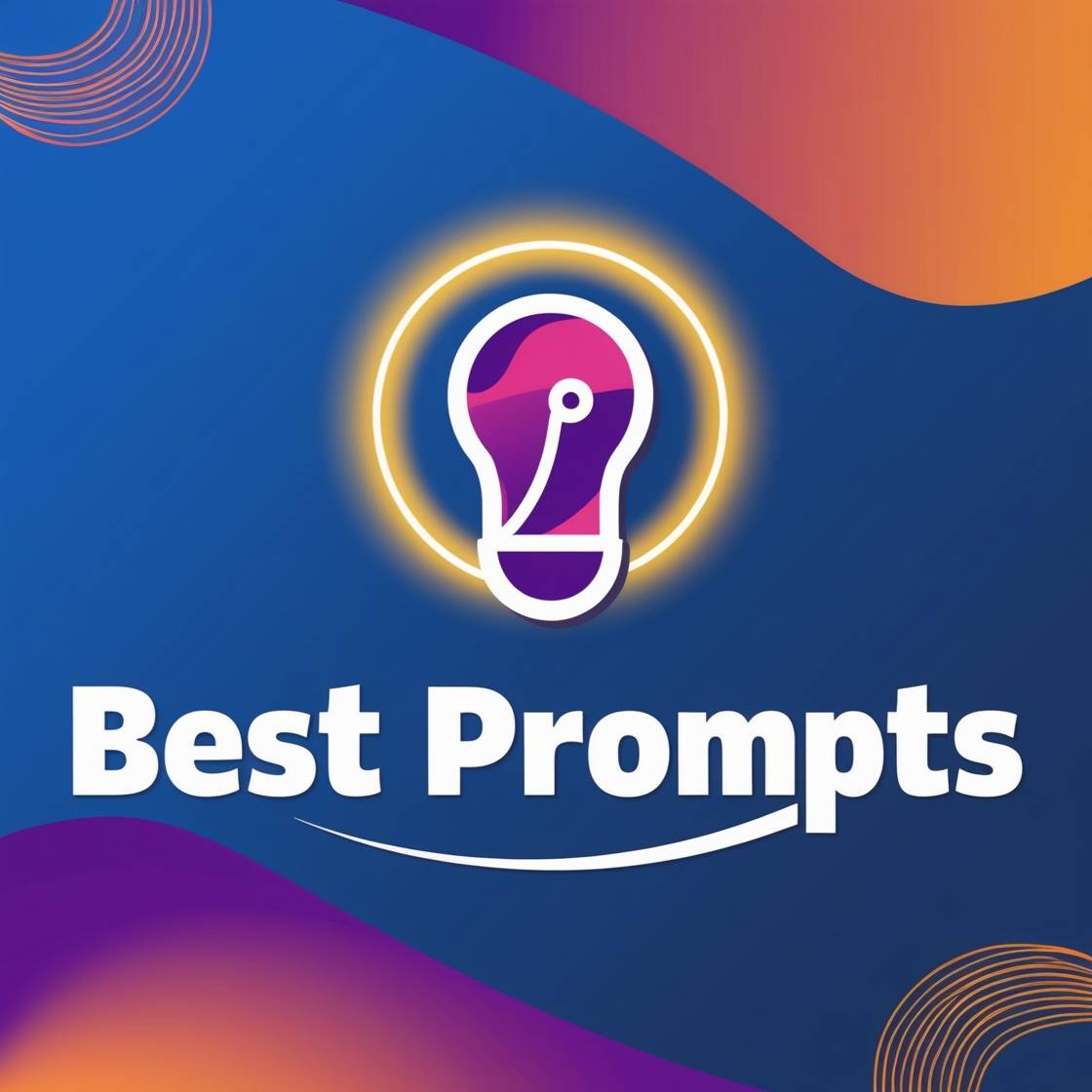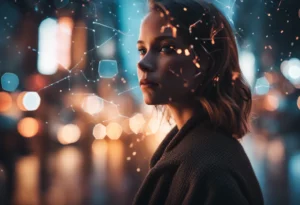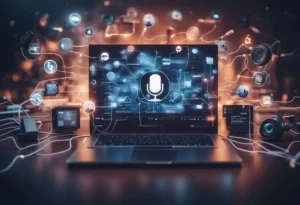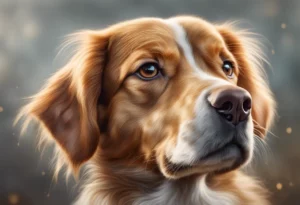In the fast-paced world of digital content creation, grabbing attention is harder than ever. But what if I told you the secret to creating jaw-dropping visuals lies in the best prompts for AI image generators?
With the right prompts, you can unleash these powerful tools to create stunning images that captivate your audience and elevate your brand. In this article, I’ll share the best prompts for AI image generators that will transform your ideas into visual masterpieces—no design skills required!
Understanding The Power Of Prompts
Prompts are the instructions or descriptions you provide to the AI to generate images. They can range from simple phrases to complex, detailed descriptions. The more specific and creative your prompt, the better the results you’ll get. Think of it as giving the AI a canvas and a set of paints—it needs direction to create something extraordinary.
Tips for Crafting Effective Prompts
1. Be Specific
Instead of asking for a generic image, get specific. For example, instead of saying “a cat,” you might say “a fluffy Persian cat lounging on a sunny windowsill with flowers in the background.” The more details you provide, the more tailored the output will be.
2. Use Descriptive Language
Incorporate adjectives and vivid imagery in your prompts. Words like “vibrant,” “whimsical,” “mysterious,” or “futuristic” can guide the AI’s creative process, resulting in richer visuals. For instance, “a vibrant sunset over a calm ocean with a silhouette of a sailboat” can lead to a more visually striking image than just “a sunset.”
3. Incorporate Styles or Themes
If you want a particular style, include that in your prompt. For example, you might specify “in the style of Van Gogh” or “a steampunk cityscape.” This will help the AI understand the artistic direction you’re aiming for, producing images that align with your vision.
4. Ask for Emotions or Actions
Incorporate emotions or actions into your prompts to add depth. For example, instead of “a person,” try “a joyful child running through a field of flowers.” This adds context and narrative to the image, making it more engaging.
5. Experiment and Iterate
Don’t be afraid to experiment with different prompts! AI image generation is often a trial-and-error process. If you don’t get the desired result the first time, tweak your prompt and try again. You might be surprised by the variations that come from slight adjustments.
Examples of Effective Prompts
To get you started, here are some examples of effective prompts for AI image generators:
- “A whimsical treehouse nestled in a vibrant forest, with fairy lights glowing in the evening.”
- “A futuristic city skyline at dusk, with flying cars and neon lights reflecting off glass buildings.”
- “An elegant ballroom filled with dancing couples in 1920s attire, with a crystal chandelier overhead.”
- “A serene mountain landscape at sunrise, with mist rolling over the peaks and a tranquil lake in the foreground.”
- “A magical library filled with ancient books and glowing orbs, illuminated by soft candlelight.”
Here are several templates you can use to create effective prompts for AI image generators. Each template encourages specificity and creativity, allowing you to tailor the prompts to your desired outcomes.
1. Scene Description Template
- Prompt: “A [subject] [verb] in a [adjective] [setting], surrounded by [details].”
- Example: “A dog playing in a sunny park, surrounded by blooming flowers and laughing children.”
2. Style and Theme Template
- Prompt: “A [subject] depicted in a [art style] style, featuring [elements or themes].”
- Example: “A sunset over the mountains depicted in an impressionist style, featuring swirling clouds and vibrant colors.”
3. Emotion and Action Template
- Prompt: “A [subject] [verb] with a [emotion] expression, in a [setting] filled with [details].”
- Example: “A child jumping with joy, in a field of daisies filled with butterflies fluttering around.”
4. Fantasy or Sci-Fi Template
- Prompt: “A [adjective] [creature/character] in a [futuristic or magical] landscape, featuring [specific elements].”
- Example: “A majestic dragon soaring in a futuristic city skyline, with neon lights and flying cars.”
5. Time and Mood Template
- Prompt: “A [subject] at [time of day], evoking a [mood] feeling, with [details].”
- Example: “A cozy cabin at twilight, evoking a warm, nostalgic feeling, with smoke rising from the chimney and snow falling gently.”
6. Character Focus Template
- Prompt: “A [character description] [verb] in a [setting], with [specific details about the character].”
- Example: “A wise old wizard casting a spell in a mystical forest, with glowing runes and sparkling lights around him.”
7. Combination Template
- Prompt: “A [adjective] [subject] [verb] in a [setting], with elements of [style/theme] and [additional details].”
- Example: “A vibrant peacock strutting in a lush garden, with elements of surrealism and colorful flowers blooming around it.”
8. Event Template
- Prompt: “A [event/occasion] featuring [subject], taking place in a [adjective] setting, with [specific details].”
- Example: “A grand wedding ceremony featuring a beautiful bride, taking place in a stunning garden, with fairy lights twinkling overhead.”
Crafting the best prompts for AI image generators is an art in itself. By being specific, using descriptive language, incorporating styles or themes, and experimenting with your ideas, you can unlock a world of creativity. Whether you’re creating content for social media, designing marketing materials, or simply exploring your artistic side, the right prompt can lead to stunning visuals that capture attention and tell a story.
So, grab your favorite AI image generator, put these tips into practice, and watch as your ideas come to life in ways you never imagined!
Here’s a FAQ section tailored for the article on the best prompts for AI image generators:
FAQ
What are AI image generators?
AI image generators are tools that use artificial intelligence to create images based on the prompts or descriptions provided by users. They can produce a wide range of visuals, from realistic photographs to abstract art, depending on the input.
Why are prompts important for AI image generation?
Prompts are crucial because they guide the AI in creating images that align with your vision. A well-crafted prompt can lead to more accurate, engaging, and visually appealing results, making it easier to achieve your creative goals.
How can I create effective prompts for AI image generators?
To create effective prompts, be specific and descriptive. Include details about the subject, setting, mood, and style. Don’t hesitate to experiment with different wordings and ideas to see what works best.
Can I use the same prompt for different AI image generators?
Yes, you can use the same prompt across different AI image generators. However, results may vary based on the capabilities and training of each tool, so it’s worth trying out prompts on multiple platforms to find the best fit.
What are some examples of effective prompts?
Examples of effective prompts include:
- “A serene beach at sunset with palm trees swaying gently in the breeze.”
- “A futuristic city skyline with flying cars and neon lights under a starry sky.”
- “A whimsical forest filled with magical creatures and colorful flowers.”
Is there a limit to how long my prompts can be?
While some AI image generators have specific character limits, most can handle fairly long prompts. However, clarity and focus are essential, so try to balance detail with conciseness for optimal results.
Can I use prompts for commercial projects?
It depends on the terms of use for each AI image generator. Always check the licensing agreements to ensure you have the right to use generated images for commercial purposes.





